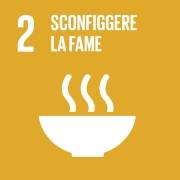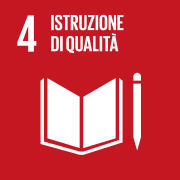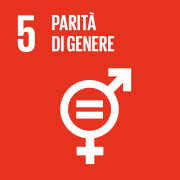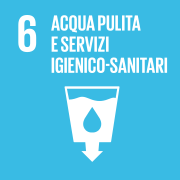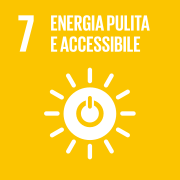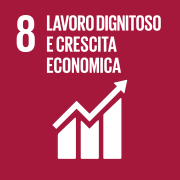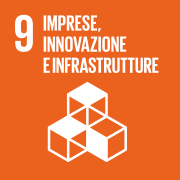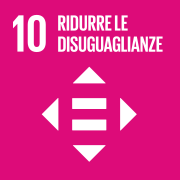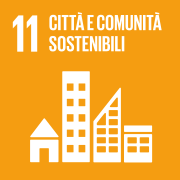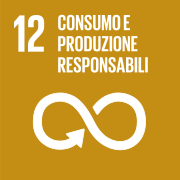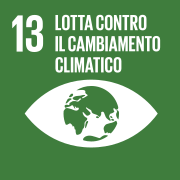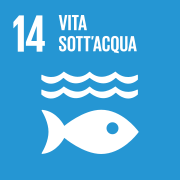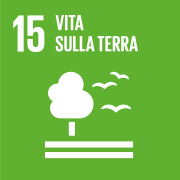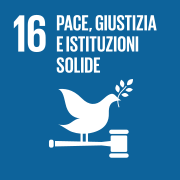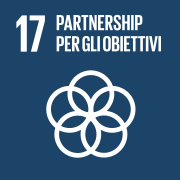
We have presented the scientific method as the engine of progress, as the pivotal element guiding the rational path of research and innovation. But, like every great human endeavour, science too has its dark side. Yes, we are talking about the very thing no one wants to see: scientific fraud. It seems paradoxical, but even in the community that should be most devoted to the altar of Truth, every now and then someone cheats. And we are not talking about honest mistakes, but outright fraud.
Do scientists cheat?
The statistics are not comforting. According to a 2009 study published in PLoS ONE, around 2% of scientists admit to having fabricated, falsified or modified data at least once during their career. And mind you, this is not the end of the story: a further 9% of scientists said they knew colleagues who had committed scientific fraud. This translates into approximately 2,000 fraudulent scientific articles being published each year. This means that among those publications we read with confidence in authoritative scientific journals, some contain fabricated data.
The three categories of scientific fraud
The world of scientific fraud is, unfortunately, as diverse as that of legitimate science. Fraud can be divided into three main categories:
– Complete invention of data or results – Here we are faced with unscrupulous creatives. The data do not exist, the experiment was never done, but the article is written, accepted and published anyway. It is like a historian publishing an essay full of events that never happened.
– Falsification or alteration of data or results – This is a more subtle practice. The experiment has been there, but the data has been manipulated to obtain the desired results. Maybe you remove the data that does not fit your preferred theory, or you adjust the numbers a bit, or you tamper with the experiment to prove what you want. It is a kind of three-card trick, but with science.
– Plagiarism: Stealing ideas, data or entire articles from other scientists without giving credit – Here the science is genuine, but it is the author who is a fake. Imagine working hard on a piece of research and then seeing your work published by someone else. It is like being faced with a burglary, but instead of jewellery, ideas disappear.
The peer review system: not always infallible
At this point, you might be thinking, “But isn’t there that method called peer review to protect science from these cheats?” Well, yes and no.
Peer review is the process by which other scientists, experts in the field, examine an article before it is published. The editors of the scientific journal who receive the article assign the review to – usually – three well-known scientists who are experts in that particular field of knowledge. The three reviewing scientists analyse the paper, look for information, check analyses and results, if they can they replicate the entire experiment or find other independent confirmations.
They can also interact with the author, via the magazine and in a completely anonymous and controlled manner. In short, they try to ‘falsify’ the author’s work (remember the previous article?). Then they write their conclusions to the editor: the work may be published, rejected for a number of precise and serious shortcomings, or published only if certain parts that have raised doubts are modified or completed. The authors correct, deepen and submit the work again, hoping that this time it will be accepted. They often say thank you, because if three renowned experts have tried to falsify the experiment, theory or conclusions and have failed, it means that the work is reasonably solid. In theory, this is a very good system. A true peer review. In practice, however, it has limitations.
Firstly, it is a thankless job: reviewers often receive no recognition for their work, which is done as a service to the community itself. Moreover, the amount of articles to be reviewed is constantly increasing, while there is less and less time available. To make matters worse, the research is increasingly complex and difficult to reproduce, which makes the work of reviewers an arduous task. In other words, the system is not perfect, and sometimes, something slips through the net.
Predatory journals: the dark side of scientific publication
And then there are the so-called ‘predatory journals’. These are fake scientific journals that, unlike reputable journals, accept virtually any article as long as the author pays a publication fee. These journals try to penetrate the scientific sector – and also among journalists on the hunt for scoops – because they are published free of charge. The costs are borne by the author of the article, not by the readers. This is why publishers do not carry out real peer review: the more articles they publish, the more they earn. They often publish low-quality or even fraudulent articles without the slightest check on the content. It is a bit like those websites that sell degrees: the piece of paper is there, but it is worthless.
How the scientific community fights fraud
Fortunately, the scientific community did not stand idly by.
There are several international initiatives to combat fraud and promote the integrity of science. The Singapore Declaration on Research Integrity, for example, establishes a set of principles and responsibilities that researchers must follow to maintain honesty and transparency in science. With the same objective, in Italy, the CNR has published the Guidelines for Research Integrity, which aim to promote good practices and prevent misconduct.
In addition, new technologies and data analysis methods are making fraud detection easier. Advanced algorithms and artificial intelligence applications can analyse huge amounts of publications to identify suspicious patterns. And data sharing platforms are making it easier to independently verify scientific results.
The scientific method: trial, error and correction
Despite its flaws, the scientific method remains the best tool we have for understanding the world and improving our lives. It is a system built on transparency, repeatability and error correction. Even when something goes wrong, as in the case of scientific fraud, the scientific method is designed to fix it, to self-correct. It is a process that, as we have seen, may be slow and imperfect, but it is the only one that allows us to truly progress.
And this progress is not just a matter of academic discoveries or new technological gadgets. It is the key to tackling the most pressing global challenges, such as those posed by the Sustainable Development Goals. Whether it is fighting poverty, improving global health, or protecting the environment, the scientific method is our most powerful ally.
So, the next time you hear about a revolutionary scientific discovery or a new study, remember that there is a process behind it that, despite its flaws, is built to always take us one step forward. Science is not perfect, but it is the best tool we have to build a better future, which is why it is worth continuing to trust and invest in its progress.

